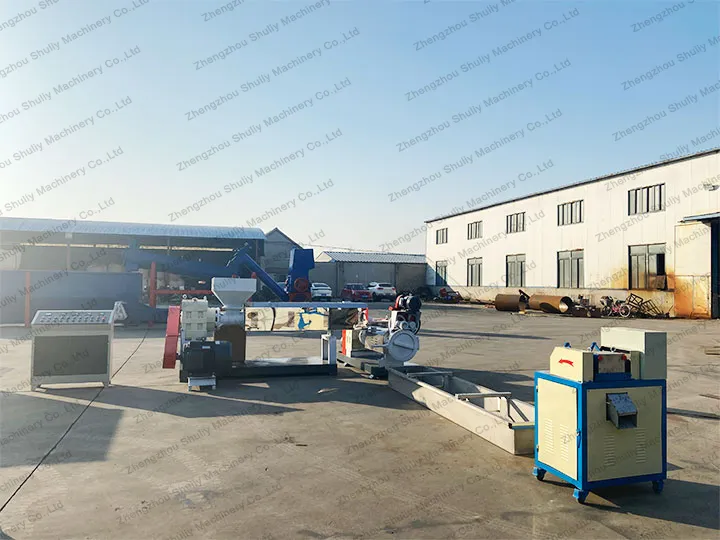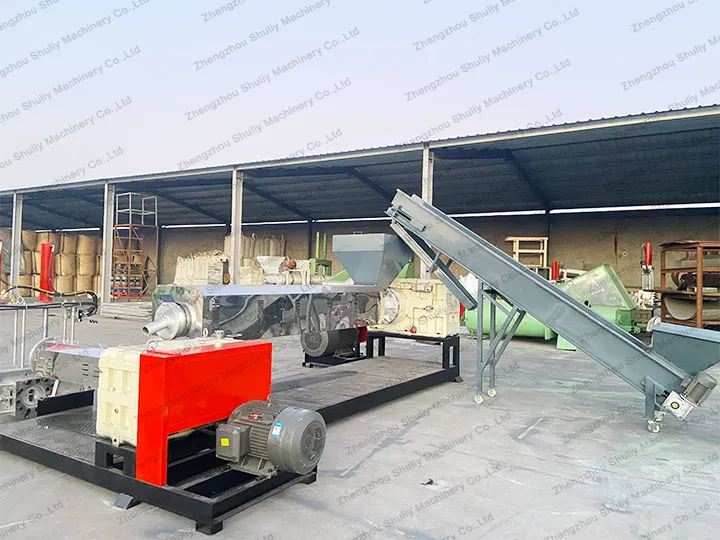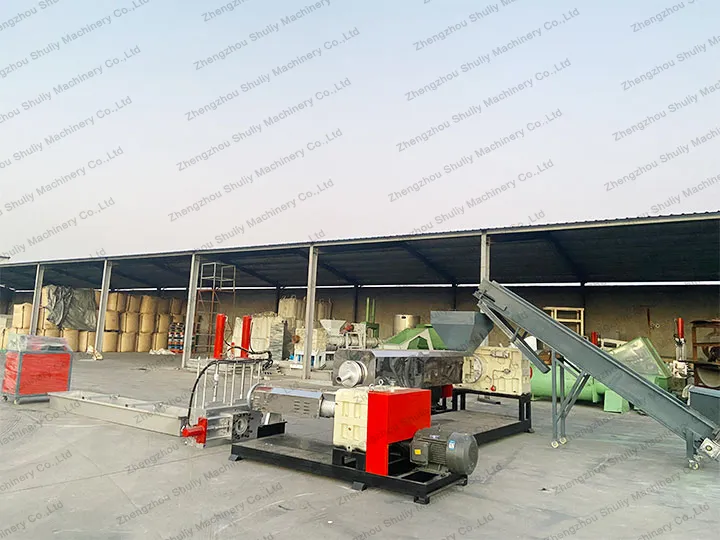During the production process of plastic washing pelletizing lines, wastewater is inevitably generated. This wastewater may contain a variety of organic matter, suspended matter, oil and grease, and other pollutants. If not treated reasonably, it may pose a potential threat to the environment and health. Therefore, the importance of PE film washing line wastewater treatment cannot be ignored.
How is wastewater generated?
Plastic washing pelletizing line is the process of regenerating waste plastics into plastic pellets, which involves melting, extruding, and cooling processes. These processes result in wastewater that may contain pollutants such as suspended solids, oil and grease, and organic matter. If not treated properly, wastewater can have a negative impact on the environment, so proper wastewater treatment is essential.

Plastic washing pelletizing line wastewater treatment method
Plastic washing pelletizing line plants that can produce wastewater in the production process should first be effectively collected to avoid wastewater outflow and pollution. Wastewater of different natures generated by different processes should be diverted for separate treatment. Secondly, the PE film washing line plant can remove large particle solids, grease, and suspended matter from the wastewater. Physical methods such as screens and grids are usually used to help reduce the load on subsequent treatment processes.
Advantages of Shuliy PE film washing line
When we manufacture plastic washing pelletizing lines, wastewater treatment is an aspect that we take extremely seriously. Shuliy PE film washing lines have unique advantages in wastewater treatment.

Advanced processing technology
Our company adopts advanced physical, chemical, and biological treatment processes to carry out multi-level and multi-step treatment for different compositions of wastewater. This can effectively remove suspended and organic matter and other pollutants.
Resource recovery and reuse
In the process of wastewater treatment, we focus on the recovery and reuse of valuable substances, such as water recycling and waste reuse, in order to maximize the use of resources.
